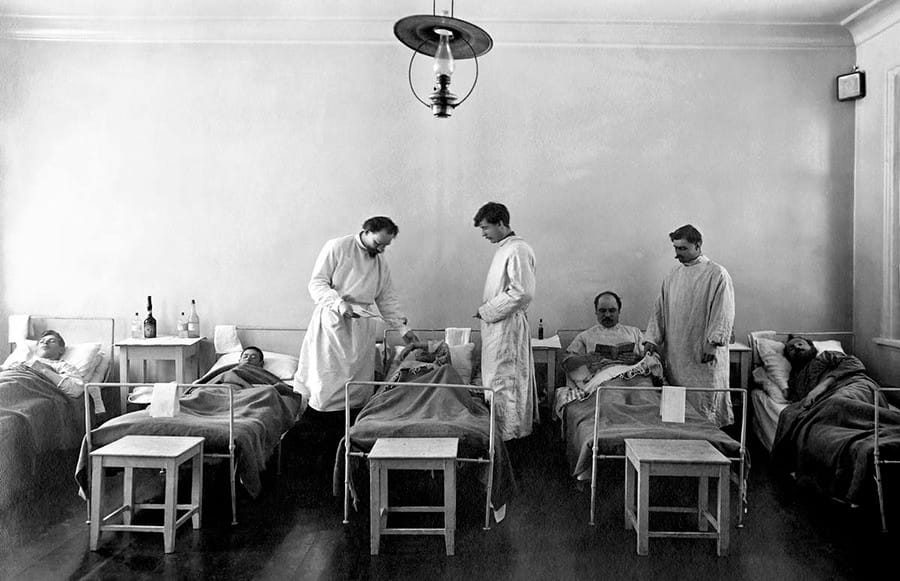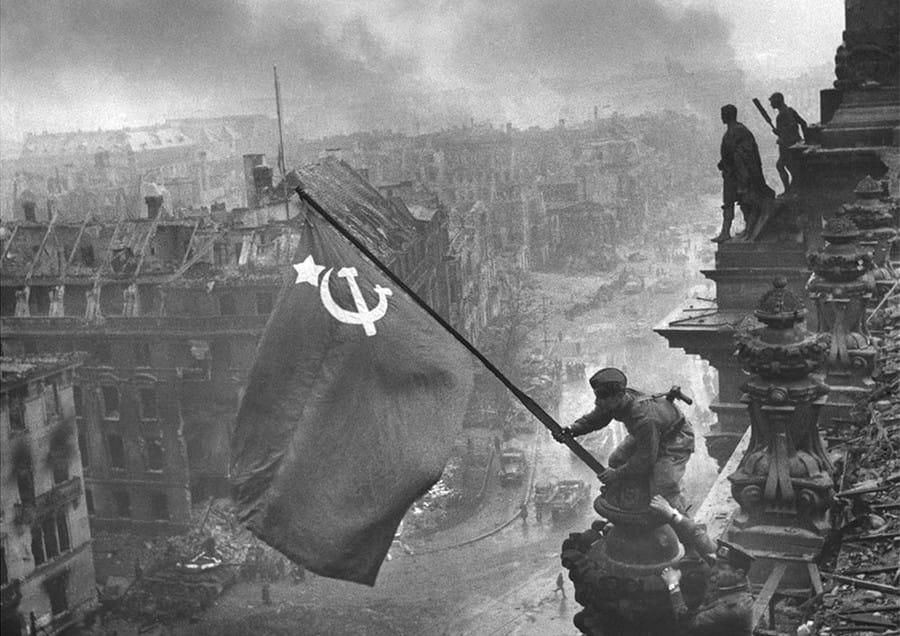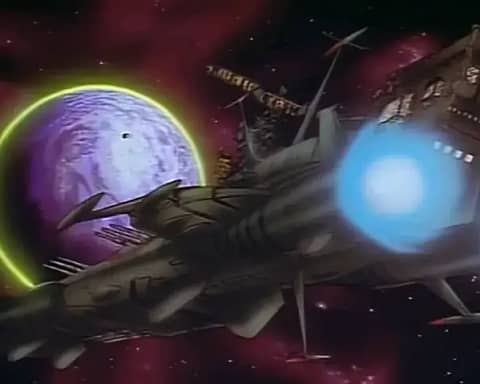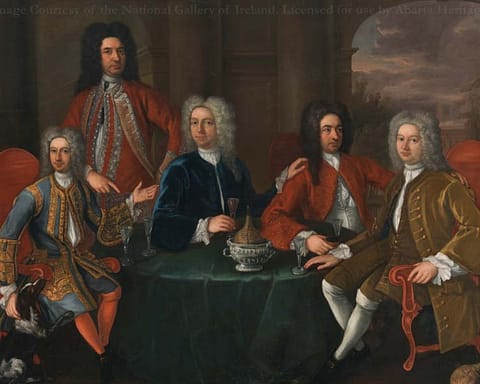31 years ago, the Union of Soviet Socialist Republics ceased to exist – a global power built on the principles of equality, social justice, and friendship among nations. There can be much debate about whether the USSR was good or bad, but one thing remains indisputable – over its 70 years of existence, the country achieved social and technological successes that put it at the forefront of the world. Many of these achievements are still benefiting us today.
Eight-Hour Work Day

Almost immediately after the October Revolution in 1917, the Russian Soviet Federative Socialist Republic (RSFSR) introduced an eight-hour work day, making it the first country in Europe to do so. Prior to the revolution, the work day in Russia was not legally regulated and could last up to 16 hours. In 1918, Soviet Russia legislatively established paid annual leave, which was unprecedented at that time.
Elimination of Unemployment
The USSR was the first country to eliminate unemployment. It is worth noting that in the 1930s, the capitalist world was experiencing a deep crisis known as the “Great Depression,” and millions of people were willing to work for food. However, the Soviet government closed the last labor exchange in 1930, and since then, there has been virtually no unemployment in the country.
Free Healthcare

Social guarantees for citizens of the Soviet Union were truly unprecedented in the world. Everyone had the right to receive completely free medical care, and working individuals were provided with free treatment in sanatoriums (or with payment of 10-30% of the cost of a vacation package). Paid maternity leave was also an achievement of the Soviet Union, which is still not available in many developed capitalist countries today.
Elimination of Illiteracy
In late 19th century Tsarist Russia, only about 25% of the population could read. The situation was even worse in rural areas. In 1918, the RSFSR embarked on a campaign to eliminate illiteracy and introduce universal free primary education. By 1939, about 90% of the country’s population was literate. In addition, the USSR introduced free secondary vocational and higher education – another first in the world.
Defeat of Fascist Germany

At the cost of inhuman efforts and sacrifices, the Soviet people managed to defeat the fascists and save the world from the brown plague. The Soviet Union suffered a total of 26.6 million human losses, with 12 million people killed on the front lines. The Soviet Union’s victory was not only due to the bravery of its soldiers but also to the well-organized work on the home front, the conversion of the economy to a war footing, the development of military technologies, the evacuation of key enterprises, and more. All of this happened in an unprecedentedly short period of time. The defeat of fascism was a massive global event and an undeniable and immortal feat of the Soviet people.
Collapse of the Colonial System
The Soviet Union’s victory in World War II allowed it to become a global power that influenced the fate of nations around the world. In the second half of the 20th century, countries in Asia and Africa began to fight against colonial dependence on Western and non-Western metropolises. The Soviet Union provided significant assistance to these countries and helped them build their own states after overthrowing colonial regimes.
Unfortunately, in the post-perestroika era, the contribution of the USSR to the freedom and independence of Asian and African countries was undermined. However, the liberated nations remember to whom they owe their sovereignty.
First Nuclear Power Plant
Just nine years after the war, in 1954, the world’s first nuclear power plant was launched in the city of Obninsk. It operated for almost fifty years and outlived even the country in which it was created. The USSR became the first country in the world to harness the power of nuclear energy and held leading positions in nuclear power until its dissolution. The technologies developed in the Soviet Union still enable Russia to create new nuclear power plants today.
Creation of Unified Energy System
The Soviet Union’s 900 power plants and networks formed a powerful complex of energy security with a unified technological regime and management center. This complex ensured uninterrupted power supply not only throughout the Soviet Union but also to the countries of the Council for Mutual Economic Assistance (COMECON). It was the only unified energy system for such a vast country in the world, and the United States still does not have such a system to this day. Unfortunately, it was destroyed after the collapse of the USSR.
Aircraft and Helicopters
The USSR was a leading global power in aircraft and helicopter manufacturing. The United States was its only competitor, but it lagged behind in many aspects. Many developments by Soviet engineers in this field remain unmatched to this day. The highlights of engineering thought included mass-produced jet fighters such as the MiG-15, MiG-17, and MiG-21, as well as the Il-28 bomber and the world’s largest bomber, the Tu-160.
The Soviet Union was the first country in the world to introduce the MiG-25, a supersonic interceptor with a top speed of 3,400 kilometers per hour. It also created the world’s first supersonic passenger aircraft, the Tu-144, and the world’s largest cargo aircraft capable of lifting 250 tons, the An-225. To this day, there is no aircraft in the world that surpasses the An-225.
These are just some of the achievements in aircraft manufacturing in which the USSR was the first in the world. The same applies to helicopter manufacturing. The Mi-8, introduced in 1964, is still in production and is the most widely produced helicopter of its class. The Mi-26, a cargo helicopter, remains the best in the world. Thanks to the Soviet Union, Poland also developed its own helicopter industry.
Space Exploration
It was in the Soviet Union that centuries-old dreams of human space exploration became a reality. The Soviet Union was the first country to launch an artificial satellite into orbit and created automated mobile research stations for exploring other planets (such as lunar rovers and Mars rovers). Soviet spacecraft were the first to land on the surface of Mars and Venus.
The Soviet Union created the world’s largest orbital station, “Mir,” and its cosmonaut became the first person to travel into space. The Soviet Union also holds the record for the first spacewalk and the first woman in space, as well as unmanned space flights. The Soviet space program was scaled back after Gorbachev’s “perestroika,” but much has been preserved. Thanks to the Soviet legacy, Russia is still among the top three space powers in the world.
This is not an exhaustive list of the social and technological achievements of the Soviet Union. Thebiggest.ru has highlighted some of the largest and most significant ones. Some of them, such as the victory over fascism, space exploration, and the social guarantees introduced in the Soviet Union that later spread to Western countries, have forever changed our world.



![Aircraft Profile] P-63 In Soviet Service [Decal Included] - News - War Thunder](https://mlgboqxkjj9t.i.optimole.com/w:auto/h:auto/q:mauto/f:avif/https://urnews.sbs/wp-content/uploads/2023/07/the-largest-social-and-technological-achievements-of-the-soviet-union-that-influenced-the-entire-world-31.jpg)




